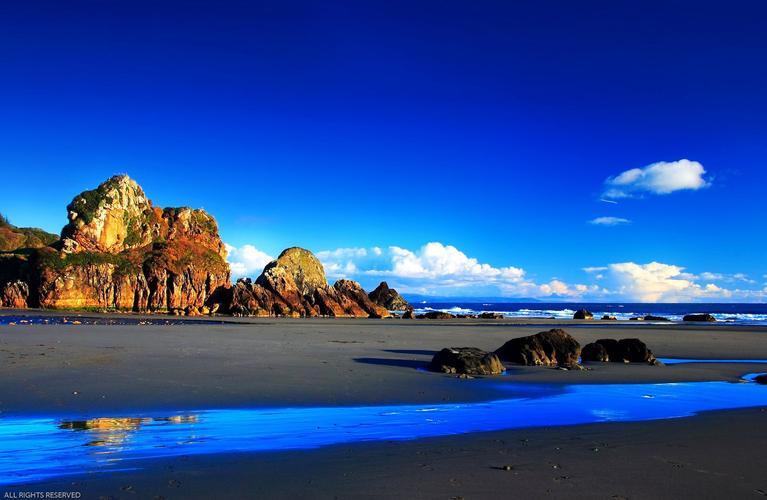Visual culture is a vast and complex topic that has evolved tremendously over time. It encompasses all forms of communication and expression that are accessible through visual means, encompassing everything from art, photography, film, advertising, and social media. The power of visual culture cannot be overemphasized, as it has a significant influence on society and how we perceive the world.
The concept of visual culture can be traced back to ancient civilizations, where visual imagery was used as a means of communication, education, and storytelling. For example, images were used to document religious events, battles, and other significant cultural experiences. They created sculptures and paintings to express their beliefs and to honor their leaders.
Visual culture underwent a significant shift during the Renaissance, when artists like Michelangelo, Leonardo da Vinci, and Raphael revolutionized the art world with their unique styles and techniques. Their works of art focused on the beauty and complexity of the human form and the natural world, which paved the way for modern art in the centuries that followed.
During the Industrial Revolution, the rise of mass media, such as newspapers, magazines, and advertisements, marked the beginning of the age of visual culture. The invention of the camera and the development of photography opened up a new era of visual communication. Photography became a powerful tool for documenting historical events and cultures, and it brought new insights into how we see our world. It became more accessible to the general public, and soon photographs were used for advertising purposes and news reporting.
Fast forward to the digital age, and we find ourselves engulfed in a world of visual culture. With the rise of the internet, social media, and mobile technology, we are constantly exposed to an endless stream of images and videos. This deluge has made us more visual-centric and has influenced the way we think, behave, and perceive the world around us.
In the 21st century, visual culture has had a significant impact on society. It has influenced social norms, consumer behavior, and political campaigns. The use of visual imagery has the potential to sway people’s opinions and views on various issues, and it has been used to great effect in advertising and branding.
Moreover, visual culture has increasingly become intertwined with social justice movements. Art has been used to protest against systemic injustices, such as racism and gender inequality. Social media has also played a vital role in giving voice to underrepresented communities and bringing attention to various issues of social concern.
In conclusion, visual culture has come a long way throughout history and has evolved into a powerful means of communication. From ancient times to the present day, visual culture has had a significant impact on society, shaping our perceptions and thoughts in countless ways. With the continued development of technology, visual culture is poised to become even more critical in the years ahead.
(Note: Do you have knowledge or insights to share? Unlock new opportunities and expand your reach by joining our authors team. Click Registration to join us and share your expertise with our readers.)
Speech tips:
Please note that any statements involving politics will not be approved.
